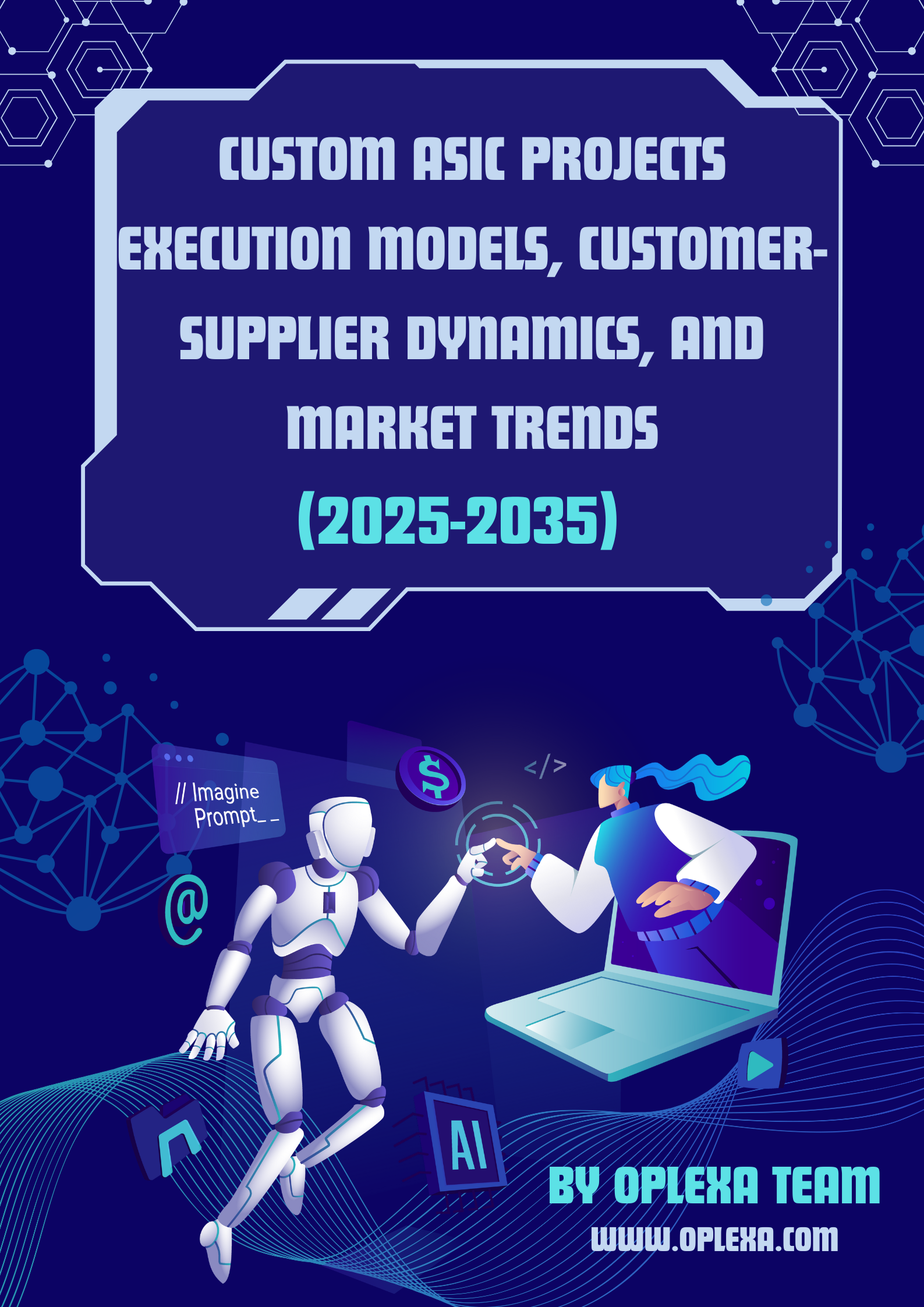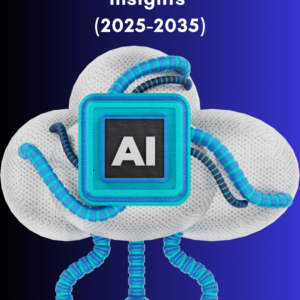1. Executive Summary: The Custom ASIC Landscape
- Overview of the Custom ASIC market and growth potential
- Key findings: Shifts in customer-supplier models in ASIC development
- Market opportunity: $XX billion by 2035 as demand for specialized chips surges
2. Overview of the Custom ASIC Project Lifecycle
- Conceptualization and Requirement Gathering: Aligning customer specifications with design feasibility
- Design and Architecture Phase: Key considerations in crafting the ASIC blueprint
- Verification and Validation Processes: Ensuring design accuracy through robust testing
- Fabrication and Testing: Partnering with foundries and managing production
- Post-Production Support: Delivering long-term customer satisfaction and iterative updates
3. Customer-Supplier Interaction Models in Custom ASIC Projects
- Collaborative Design Approaches: Joint development and shared responsibility models
- Communication Protocols: Best practices for ongoing project dialogue and decision-making
- Tools and Platforms: Common project management and collaboration tools used between customers and suppliers
- Intellectual Property (IP) Handling: IP ownership, licensing, and protection in Custom ASIC agreements
4. Execution Strategies for Custom ASIC Projects
- Agile vs. Traditional Methodologies: Choosing the right model for flexibility vs. precision
- Risk Management Strategies: Identifying, tracking, and mitigating risks early in the project lifecycle
- Milestone and Deliverable Structuring: Aligning technical and business goals through clear milestones
- Performance Metrics and Quality Assurance: How to measure success and ensure product quality
5. Operational Considerations for Custom ASIC Development
- Resource Allocation and Team Structure: Effective management of design and engineering teams
- Handling Design Changes: Strategies for managing mid-project revisions and scope adjustments
- Cost Management: Budgeting practices, cost-saving strategies, and financial planning in ASIC development
- Timeline Management: Mitigating delays and staying on track in a multi-phase project
6. Technology Transfer and Knowledge Sharing in Custom ASIC Projects
- Best Practices for Knowledge Transfer: Ensuring both parties are aligned and capable at every stage
- Training and Capability Building: How suppliers can help build customer competencies
- Documentation Standards: Creating and maintaining thorough project documentation to ensure transparency
7. Challenges and Solutions in Custom ASIC Projects
- Common Bottlenecks: Identifying roadblocks in design, testing, and fabrication
- Technical Hurdles: Dealing with complex integration, testing failures, and advanced node challenges
- Managing Expectations and Scope Creep: Balancing customer desires with realistic outcomes
8. Industry Trends Affecting Custom ASIC Projects
- Impact of Advanced Nodes: How shrinking geometries are driving design complexity and costs
- AI/ML Integration in Design and Verification: Streamlining design cycles with machine learning tools
- Specialized ASICs for Emerging Applications: Growth of custom chips for sectors like AI, automotive, and IoT
9. Future Outlook for Custom ASIC Projects
- Evolving Customer-Supplier Dynamics: Shifting toward more collaborative, long-term relationships
- Changes in Execution Models: From rigid structures to flexible, adaptive processes
- Emerging Technologies: Anticipating the role of quantum computing, photonics, and 3D packaging in ASIC design
10. Conclusion
- Key Takeaways: Summarizing customer-supplier execution models, operational best practices, and emerging trends
- Strategic Recommendations: For suppliers and customers aiming to improve collaboration, reduce risk, and optimize outcomes in Custom ASIC projects
11. Appendix: Methodology and Data Sources
- Overview of 250,000 man-hours of research and analysis
- Interviews with 1,000+ industry experts from both customer and supplier perspectives
- Proprietary models used for market forecasting and technology impact assessments





